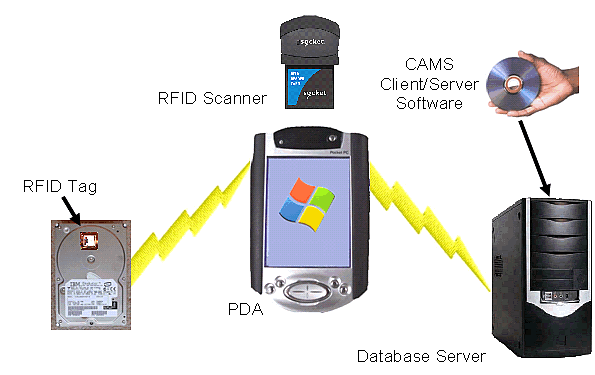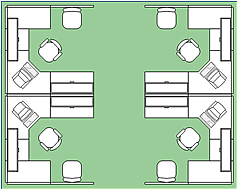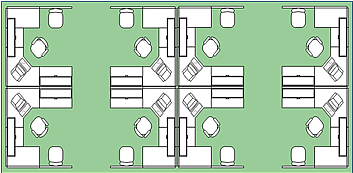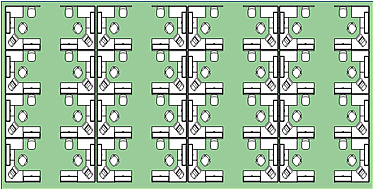What is CAMS?
The Computer Asset Management System is envisioned to be a turn-key system based on Radio Frequency Identification (RFID) technology that will assist network administrators and repair technicians in tracking and locating anything from complete computer systems to individual computer components such as hard disk drives and video cards.
What CAMS offers to you?
- A turn-key computer asset management system based on RFID (Radio Frequency Identification) tag technologies integrated with a specialized data base.
- Assets can be scanned into the data base speeding up the asset log in process and reducing errors.
- Assets can be located without line of sight speeding up the asset search process.
- Assets can be quickly inventoried without line of sight speeding up the inventory process.
How CAMS Works?
CAMS client software installed on to your PDA will receive signals from RFID scaner which must be inserted into appropriate port on the PDA. RFID scanner reads tags within 9-12 ft, and then CAMS software request information form CAMS server which quiries your inventory database. For better understanding see picture below.

Why Do You Need CAMS?
Since 1998, businesses in the United States spent more than $300 billion on computer asset purchases. These assets, due to their cost, are usually tracked as capital assets and are inventoried on at least an annual basis.
It is Easy to Track All Assets....
 You may track this....
You may track this....
 You may also track this
You may also track this
 But what about now?
But what about now?
So, can you imagine how badly you need CAMS if you work in a large office?
Today’s businesses utilize many Information Technology (IT) assets. Most of
these assets, due to their cost, are tracked as capital assets and are inventoried
on at least an annual basis. Typically, when a new computer asset is received
that exceeds a certain dollar amount, it is manually logged into a capital asset
tracking system, an asset tag is affixed to the item, and the asset is placed
in operation. From this time on, to verify the location of the asset and to
verify that it is still in operation (and therefore may still be eligible for
depreciation), the asset must be physically located, the asset tag must be viewed,
and the asset tag number must be manually compared against a printed list. This
is a very time consuming process and in many cases, the computer asset is not
readily accessible; for example many users place their computer towers underneath
their desks.
Additionally, network administrators who are responsible for keeping up with
these assets and for maintaining them, often spend a great deal of time searching
for a particular IT asset or component in a store room or vault. Often times
a video card or hard disk drive that was removed from one asset may be usable
in another at a later time. The detailed configuration of these items though
sometimes gets lost and there’s no way of knowing exactly what the configuration
is without actually installing the device in a computer system and looking at
the configuration This can be a very frustrating endeavor.
